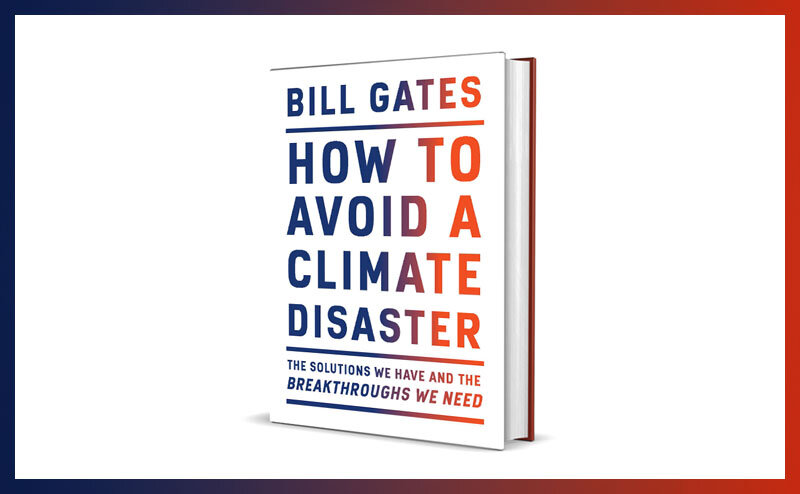Book Review: How to Avoid a Climate Disaster by Bill Gates
Bill Gates has proven, yet again, that he is a thoughtful and dynamic individual who truly cares about solving the most complex problems.
The influence of Vaclav Smil is seen throughout the book as Mr. Gates accurately describes the enormity of the energy industry and the challenges society will face in an increasingly decarbonized world. Gates acknowledges many energy truisms throughout the book, including that:
the United States has reduced its emissions per person dramatically over the past decade (coal-to-gas switch);
transportation ranks 4th in carbon emissions behind Construction, Electricity, and Agriculture;
energy density matters (e.g., fossil fuels provide 10,000 watts per square meter vs. 20 for solar and 2 for wind);
making concrete produces 1 ton of carbon per ton of concrete, and there is no other known method to produce concrete without it;
China has produced more concrete in 16 years than the United States did during the entire 20th century,
making things requires thousands of degrees of heat, which we can only achieve with thermal energies (coal, natural gas, and nuclear)
the materials carbon cost of manufacturing wind and solar pales by comparison to that of natural gas;
fossil fuels are like water - oil is cheaper than soda;
although we can predict the course of broad trends, like “there will be more hot days” and “sea levels will go up,” we can’t with certainty blame climate change for any particular event.
EVs are not a good solution for long-distance, large vehicles/ships,
pound-for-pound lithium-ion batteries pack 35 times less energy than gasoline;
China has built more coal power in the past 16 years than the whole of the United States, Mexico, and Canada combined; and
the only way for green technology like wind and solar (“Green Premiums”) will be competitive with natural gas is if they can convince governments to add carbon taxes;
there is not as much of a climate consensus as you might think
Throughout the book, Gates advocates for innovation as the way to achieve net-zero emissions by 2050. However, Gates fails to consider that innovation is possible for natural gas-fired generation even while he acknowledges the significant role natural gas has played in decarbonizing the United States to be the only country to meet its Paris Agreement emissions goals (a decade early). The influence of another esteemed Gates advisor, Hans Rosling, seems to be lacking as Mr. Gates describes a world that will be close to uninhabitable if we don’t pursue extreme “high-risk, high-reward” solutions (for a detailed explanation of Mr. Roslings warning to Gates, among others, you can read An Open Letter).
The book does not take much time to consider whether the Intergovernmental Panel on Climate Change (IPCC) climate models are imperfect, nor does it acknowledge that climate-related deaths have plummeted since society began burning fossil fuels. It fails to consider that adaptation might be a better solution than net-zero.
Regardless, Gates’ humility is admirable as he begins the book saying of himself,
“I am aware that I’m an imperfect messenger on climate change. The world is not exactly lacking in rich men with big ideas about what other people should do, or who think technology can fix any problem. And I own big houses and fly in private planes.”
This kind of humility should command our respect. It’s a thoughtful book that should be required reading for anyone interested in energy and climate.

